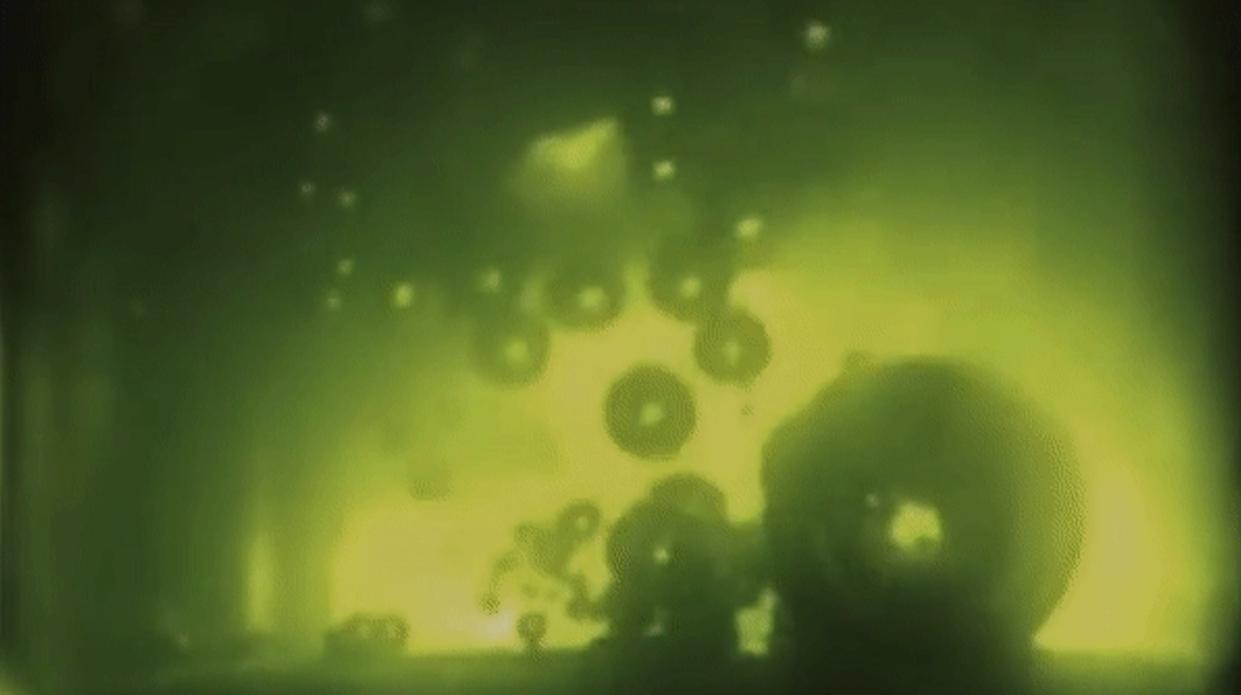Space food: Why Mars astronauts won't have to hold the fries (video)

Astronauts heading to the moon and Mars in the relatively near future will be pleased to learn that there's one type of comfort food they can take with them — french fries.
Experiments conducted by the European Space Agency (ESA) have revealed that frying works even in the microgravity experienced in space. The research could help determine what cooking processes and food will be available to astronauts as they explore alien worlds.
Though frying is a common cooking technique across the globe, it actually involves some pretty complex physics.
Related: Food in space: What do astronauts eat?

"Ask any chef, and they will confirm that the physics and chemistry behind food is a complex and fascinating subject that bubbles over to other science disciplines," research team member Thodoris Karapantsios, a professor at Aristotle University of Thessaloniki in Greece, said in a statement.
For example, some scientists had speculated that, without the influence of gravity, or in very weak gravity, the bubbles created during the frying process could coat potatoes, protecting them with a layer of steam that prevented the proper preparation of french fries.
Karapantsios and colleagues put microgravity frying to the test, using a novel experimental carousel-type apparatus that was designed to be safe while also operating in weightlessness. This equipment prevented oil from splashing and maintained a constant pressure, reducing the temperature at which the test potatoes had to be cooked.
The experiments were conducted during two ESA parabolic flight campaigns, in which an aircraft flies in repeated arcs to create brief periods of weightlessness.
During the tests, the frying process was filmed with a high-speed, high-resolution camera that allowed the scientists to study the rate at which bubbles grew, their size and distribution and the direction they took in the oil. The team was also able to determine how quickly the bubbles escaped from a potato, a strange form of escape velocity, which is usually encountered in science when calculating how fast a body has to travel to escape a planet or even a black hole. Other than the bubbles of oil, the scientists also monitored the temperatures of both the oil and the interior of the potatoes.
The team discovered that, soon after a test potato was added to oil in low-gravity conditions, bubbles were able to easily detach from its surface rather than coating and protecting it. This is similar to how frying proceeds here on Earth.
RELATED STORIES:
— Space diet rich in veggies and fish could boost astronaut health
— From Apollo to Artemis — How astronaut food may change when we return to the moon
"Apart from nutrition and comfort, studying the process of frying in space could also lead to advancements in various fields, from traditional boiling to producing hydrogen from solar energy in microgravity," team member and Aristotle University of Thessaloniki researcher John Lioumbas said in the same statement.
The research is documented in a paper published in February in the journal Food Research International.

